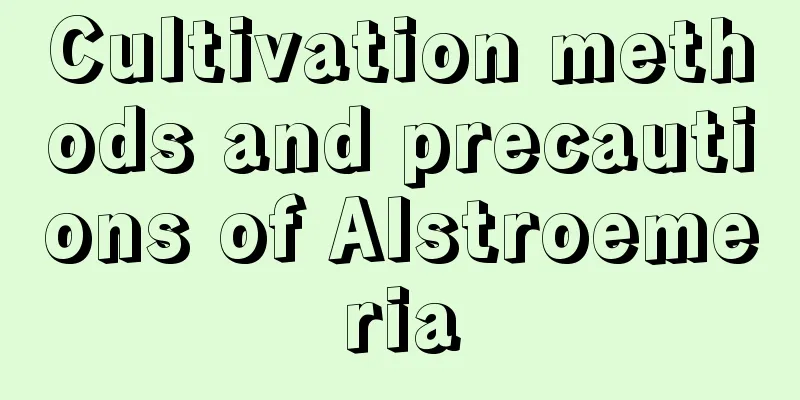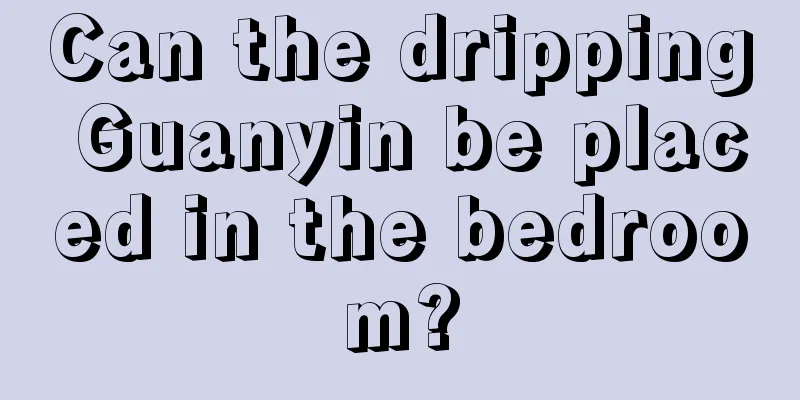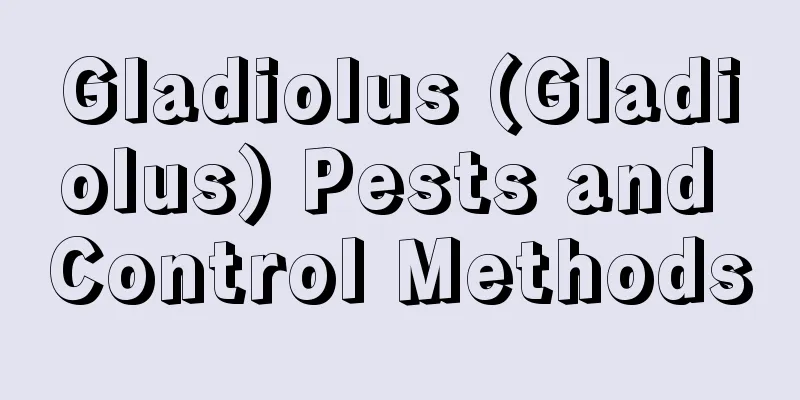Cultivation methods and precautions of Alstroemeria

How to grow AlstroemeriaPot soil selectionFor potted Alstroemeria, you can choose a 12cm-15cm flowerpot and repot it as the Alstroemeria grows. It is best to choose loose, fertile, well-drained, slightly acidic soil by mixing leaf mold or peat soil with garden soil and coarse sand. Light and temperatureAlstroemeria likes sunlight and needs sufficient light during its growth period. Insufficient light will affect the growth and flowering of the plant. In early spring, late autumn and winter when the daylight hours are short, supplementary lighting measures can be taken. In summer when the sunlight is too strong, shade can be provided to avoid exposure. The suitable growth temperature for Alstroemeria is between 15℃ and 25℃. It likes warmth and is not cold-resistant. It is also not heat-resistant in summer and needs a cooler climate. Keeping the temperature above 10℃ in winter can ensure safe wintering. When the temperature is too high in summer, it is easy to go dormant and needs to increase ventilation and spray water to cool down. Water and fertilizer managementAlstroemeria likes moisture and needs sufficient water supply during the growing season to maintain a high humidity. It will be semi-dormant in summer and will also enter a dormant state in winter when the temperature is low. It is necessary to control the water content, keep it dry, or even stop watering. Be careful not to let the humidity in the pot be too high. Fertilization should be moderate. In addition to applying sufficient base fertilizer when planting, topdressing is also needed during the growth period. Generally, nitrogen fertilizer is applied to promote growth; potassium fertilizer is applied during the flowering period; during the high temperature period in summer, the number of fertilizations should be reduced. Precautions for the cultivation of six petalsReproduction methodThe propagation of Alstroemeria is mostly by sowing, which is carried out in autumn from October to November. Division is also possible, and it can also be done around October. In addition, tissue culture can also be performed. Pests and diseasesThe main disease of six-petaled flower is root rot, which requires spraying with pesticides. The main insect pests are aphids, which need to be killed in time. |
<<: Cultivation methods and precautions of Ageratum
>>: Cultivation methods and precautions of tricolor millennium wood
Recommend
How to propagate blue chrysanthemum by cuttings
Blue-eyed chrysanthemum cutting season selection ...
It is better to water osmanthus every few days
How often should I water the osmanthus? Osmanthus...
Can white palm be grown in water? Is hydroponics better or soil cultivation better?
1. Can it be raised in water? Anthurium can be gr...
How and when to plant celery
Celery planting time and month Choose celery vari...
What to do if the leaves of the money tree turn black
Causes of blackening Frost damage The incubation ...
Can rice water be used as fertilizer?
Rice water as fertilizer Rice water can be used a...
Shaving and maintenance of asparagus fern
Why does Wenzhu have his head shaved? There may b...
The role of roses in landscaping
Use 1: Landscape viewing First of all, rose is an...
What to do if grape leaves turn yellow
1. Shade and spray water Reason: When the sunligh...
How to water the rich coconut
Key points for watering Coconut palm The rich coc...
How many passion fruits are best to eat a day (effects and contraindications)
1. How much to eat Its pulp is rich in vitamin C,...
Peanut planting conditions and regional climate and soil requirements
Peanut Planting Conditions 1. Temperature conditi...
Should I use a large or small pot for fuchsia?
Should I use a large or small pot for fuchsia? Wh...
Can arrowroot be poured with beer?
Can arrowroot be watered with beer water? General...
The fastest way to root apricot tree cuttings
Apricot tree cutting time It is better to propaga...









